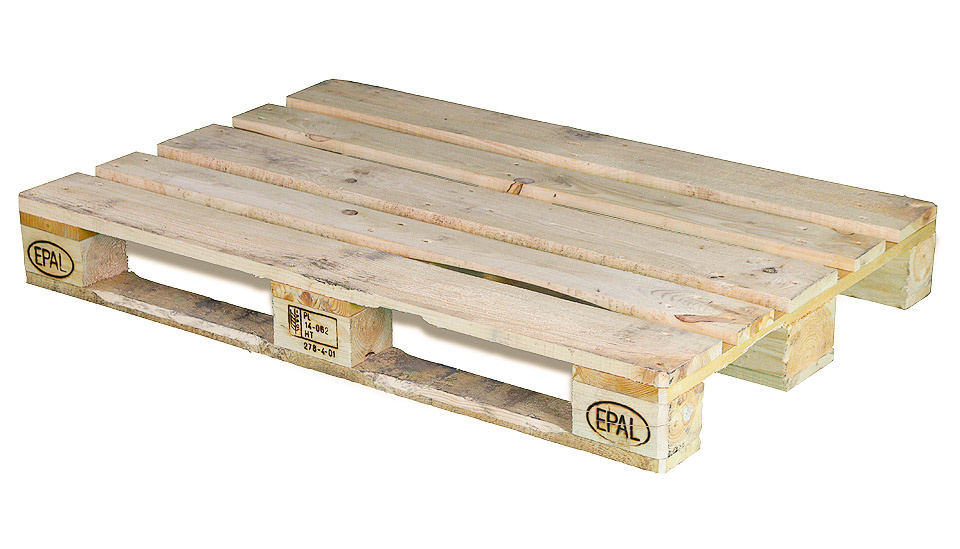Pallet Optimisation for Warehouse Efficiency
It is difficult to imagine a warehouse without pallets. You could call them the building blocks of any busy warehouse, essential for any supply chain. Plastic or wood, with different load capacities, new or used. The choice is huge.
Most widely used pallet for warehouses
The most well-known pallets are the Euro EPAL Pallets. A standardised 1200x800mm pallet that is used throughout Europe. This is definitely the most used pallet that should not be missing in any warehouse.
Working with pallets - how do you do that efficiently?
In order to manage all incoming and outgoing goods flows and storage as efficiently as possible, it is worth taking a closer look at these pallets and their use. If you don't think about its applications, you probably won't get the maximum added value from it. And that would be a shame, right?
So with these 3 ways to make more efficient use of pallets in the warehouse, to ultimately reduce operational costs as much as possible. Buying pallets the right way saves costs.
Pallet extension: turn your pallet into a box
Turn your pallet into a box with so-called pallet collars in an instant. This is not only a cheap solution to create storage space, but also a flexible one. With pallet collars in-house, every pallet can potentially become a box, depending on where the need lies. Pallet collars are easy and quick to manually place on a pallet. Ideal for storing or transporting individual products. Rotom offers wooden pallet collars in Euro format 1200x800mm, as well as 800x600mm and in industrial format 1200x1000mm. The range also includes plastic pallet collars and metal pallet converters.
If you want to store different types of products separately on a pallet, you can also use a divider together with a pallet collar. As the word implies, a pallet collar is divided into several, separate compartments. This makes your already flexible pallet/box even more versatile, should the situation require it.
It is possible to stack pallets with pallet edges (with or without dividers). If you want to stack them with a gripping opening between the pallets, you need a pallet spacer. You can easily place this on the pallet edge and ensure that the contents on the pallet remain accessible and easy to pick. At Rotomshop UK you can not only buy pallets but also pallet collars, dividers and pallet spacers.
Types of pallets: wood, wood fibre or plastic
Before purchasing, think carefully about the application of your pallet. Wood is generally cheaper, plastic usually lasts longer and wood fiber pallets are lighter and immediately suitable for export. When a high maximum load capacity is the most important consideration, it is best to buy wooden pallets, such as the well-known Euro pallets. If you work in the food industry or food processing industry, it is advisable to consider plastic pallets , because they are easier to clean and the risk of contamination is therefore low. Wooden pallets are the most used worldwide, followed by plastic pallets. Another, less well-known alternative is the presswood fibre pallets. These are cheap alternatives, made from compressed wood chips and other wood waste.
Single-use pallets: cheap export pallets
Perhaps a bit redundant, but don't spend too much money on a quality product if you don't have to. If a pallet is exported and then not returned, you do not need a super durable pallet. Use a one-way pallet, specially designed to cut costs!
Questions about this blog about pallet use or other matters regarding load carriers or the service we offer at Rotomshop UK? Please contact us via [email protected] or 0777 322100. We are happy to assist you!

